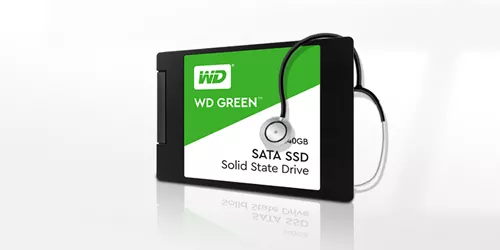How to Check SSD Speed via Windows CLI
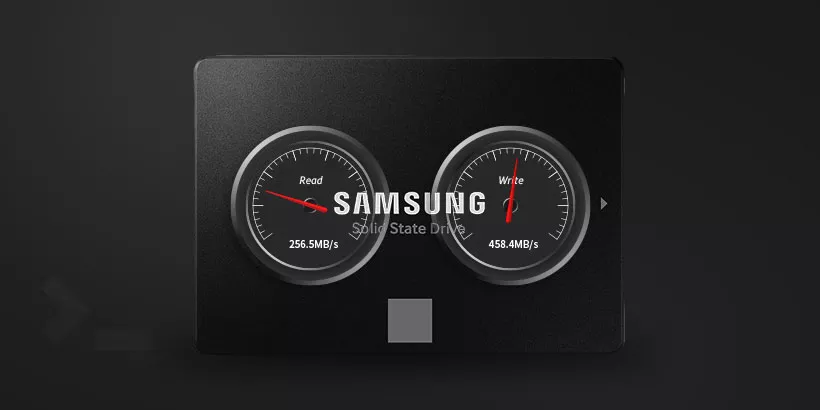
Have you ever wondered about the speed of your hard drive? While several third-party software tools can help, there's a straightforward method to check disk speed without installing anything. In this article, I'll explain how to use the command winsat disk -drive C to get insights into your disk's read and write speeds. Let's dive in!
1. Understanding SSD Speed
To gauge SSD speed, it's crucial to understand key parameters, including read speed, write speed, and how they vary between random and sequential operations.
Read and Write Speeds Defined
- Read Speed:
- This measures how quickly data can be retrieved from the SSD.
- Write Speed:
- This indicates how fast data can be written to the SSD.
Random Read/Write Performance
Random read and write speeds significantly impact overall system responsiveness. High random performance means that your system can swiftly handle multitasking and small file operations.
- Random Read
- The ability to read small chunks of data from random locations on the SSD.
- Impact: Opening multiple small files, like when loading images and scripts while browsing the web.
- Random Write
- The ability to write small chunks of data to random locations on the SSD.
- Impact: Inserting and updating data using database software.
Sequential Read/Write Performance
Sequential speeds determine how well your system processes large files, essential for tasks like video editing and data analysis.
- Sequential Read:
- The capability to read large blocks of data consecutively.
- Impact: Streaming high-definition video files or loading large game scenes.
- Sequential Write:
- The ability to write large blocks of data in sequence.
- Impact: Copying large files, such as 4K videos, or performing system backups.
Importance of Refresh Operations
Refresh operations (both sequential and random) ensure data integrity and consistency, especially in high-reliability applications like financial systems.
- Sequential Flush:
- The ability to ensure that data is fully written to physical storage after a sequence of writes.
- Impact: Confirming that critical data, like financial transactions, is securely stored.
- Random Flush:
- Ensuring that data written at random locations is fully committed to storage.
- Impact: Securing small updates in a database.
2. Checking Disk Speed via Command Line
Step-by-Step Guide
Step 1: Press Windows + R to open the Run dialog.
Step 2: Type "cmd" and press Ctrl + Shift + Enter to launch the Command Prompt as an administrator.
Step 3: Enter the command winsat disk -drive C to check the read and write speeds of the C drive.
winsat disk -drive C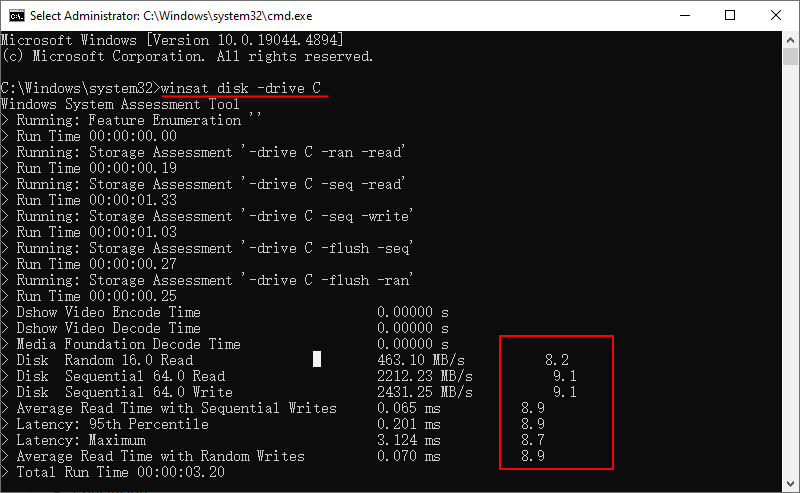
Note: To find which drive letter corresponds to which disk, use the following commands:
diskpart
list disk // see all connected disks
select disk x // replace x with your disk number
list volume // view the volumes on the selected disk
exit// leave diskpart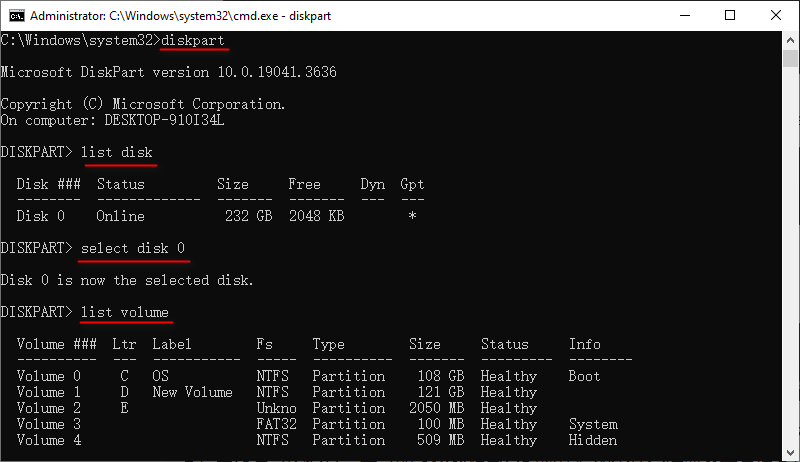
Understanding the Results
WinSAT uses a scoring system ranging from 1.0 to 9.9:
- 1.0-2.9: Low Performance
- 3.0-4.9: Basic Performance
- 5.0-5.9: Moderate Performance
- 6.0-7.9: High Performance
- 8.0-9.9: Very High Performance
For today’s mid-range systems, a score between 5.0 and 7.0 is typically considered "normal." High-end systems may achieve scores of 7.0 to 8.0 or higher. However, it's important to note that this tool is somewhat outdated and may not accurately reflect the performance of the latest hardware. For a more precise performance assessment, it's recommended to use more modern benchmarking tools.
Step 4: By default, the command does not test random write speeds to protect against potential SSD wear, especially in older models. To check random write speed, use winsat disk -drive C -ran -write. However, be cautious, as this could lead to increased wear on your SSD.
winsat disk -drive C -ran -write
Caution: While this test provides valuable performance data, it mainly reflects peak performance under specific conditions. Actual performance can vary due to factors like disk space usage and system load.
3. Monitoring Current Read/Write Speed
To see real-time read and write speeds, follow these steps:
Step 1: Press Ctrl + Shift + Esc to open the Task Manager.
Step 2: Go to the Performance tab and select the disk you wish to monitor.
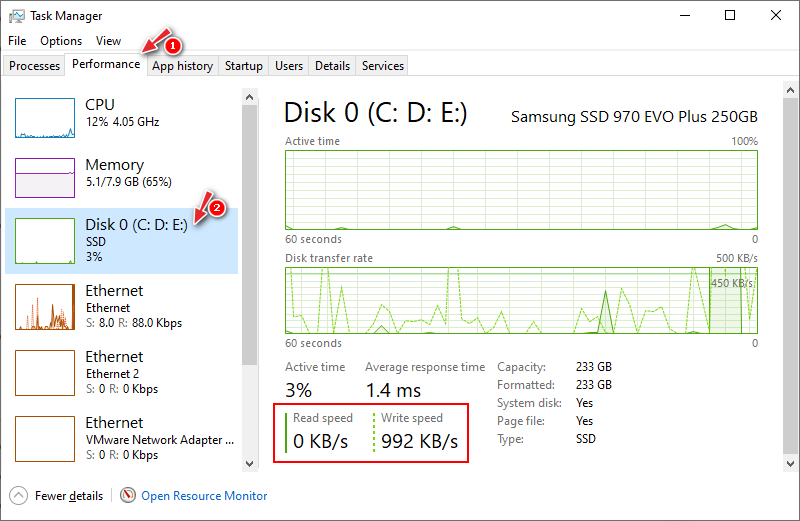
Here, you can visually track the current read and write speeds, along with disk capacity.
4. Summary
WinSAT (Windows System Assessment Tool) offers a basic way to assess your SSD's performance. For more detailed data, consider using specialized disk benchmarking tools like CrystalDiskMark or ATTO Disk Benchmark. These tools provide a more comprehensive look at your disk's capabilities and can help you better understand its performance in various scenarios.



